|
By: Chao-Gan Yan The 5th Annual Event of Chinese Young Scholars for Human Brain Mapping was held on June 23, 2021 under the topic of “Neuroimaging data sharing and open brain science in China”. As in previous editions, the goal of this event is to bring together Chinese researchers from the OHBM community to communicate, discuss, and collaborate on cutting edge neuroscience research topics and methods. We invited Professors Ying Han, Jiang Qiu, Sha Tao, Chao-Gan Yan, Chun-Shui Yu, Yu-Feng Zang, Zhan-Jun Zhang, and Xi-Nian Zuo to give talks on open neuroimaging resources in China. 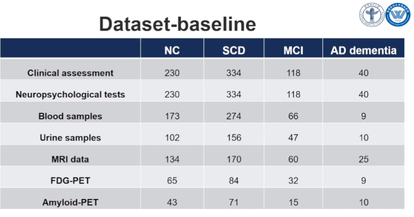 The SILCODE Cohort The SILCODE Cohort Professor Ying Han presented the SILCODE (Sino Longitudinal Study on Cognitive Decline) Cohort research project, which is a multicenter cohort on preclinical Alzheimer's disease (AD) in China. It is part of the Alliance for Preclinical AD in China, belonging to the National Clinical Research Center for Geriatric Disorders. Its sites include more than 180 member hospitals/research institutes across China. The collected data includes demographic information, clinical data, risk factors, neuropsychological tests, blood and urine biomarkers, multimodal MRI biomarkers, glucose mentalism, and amyloid deposition. The main aim of SILCODE is to estimate cognitive decline and establish statistical prediction models for the outcomes of subjective cognitive decline in elderly Chinese people.
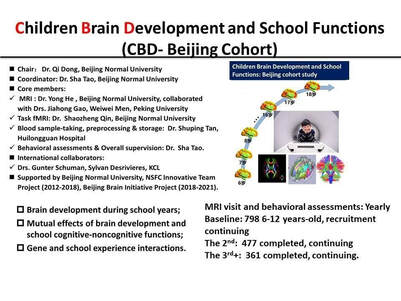 The Beijing Imaging Genetic Cohort of children’s school functions and brain development The Beijing Imaging Genetic Cohort of children’s school functions and brain development Professor Sha Tao introduced the Beijing Imaging Genetic Cohort of children’s school functions and brain development. Since 2015, they have been conducting an imaging genetic cohort study of school children in Beijing. They aim to depict brain development during school years, review the mutual effects between brain development and school functions, and examine the interaction between genes and school experience, including learning to read, learning a foreign language, and sports or music extracurricular activities. As of May 24th of this year, they have scanned almost 800 children at baseline, more than 470 at follow-up 1, and more than 360 at follow-up 2. The follow-up is ongoing. Furthermore, based on the baseline data, the Chinese pediatric brain templates (6-12 years old) were developed and released in 2019 . Since the end of 2016, a national imaging genetic cohort study of school children has been planned. This national study will be supported by the China brain initiative, planning to follow 30,00 aged 6 to 7 years old children for more than 10 years on their brain and behavior development across various urban and rural areas around China. Now, nearly 30 institutions have joined in this project.  The REST-meta-MDD Project The REST-meta-MDD Project Professor Chao-Gan Yan introduced the REST-meta-MDD Project and Brain Imaging Sharing Initiative. To address limited statistical power and analytic heterogeneity, they initiated the REST-meta-MDD Project. Contributions were requested from users of DPARSF, a MATLAB- and SPM-based R-fMRI preprocessing pipeline. Twenty-five research groups from 17 hospitals in China formed the REST-meta-MDD consortium and agreed to share final R-fMRI indices from patients with MDD and matched normal controls from studies approved by local Institutional Review Boards. The consortium contributed 2428 previously collected datasets (1300 MDDs and 1128 NCs). The REST-meta-MDD data entered the unrestricted sharing phase on January 1, 2020. The researchers can perform any analyses of interest while not violating ethics. Furthermore, he introduced the use of the Brain Imaging Sharing Initiative (BISI) to download or share open neuroimaging data.
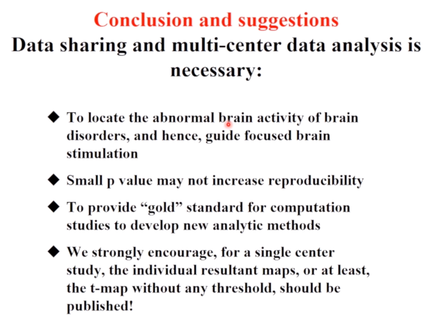 The Sharing RS-fMRI data for precise localization of the abnormal brain activity The Sharing RS-fMRI data for precise localization of the abnormal brain activity Professor Yu-Feng Zang presented the Sharing RS-fMRI data for precise localization of abnormal brain activity. He proposed that localizing the seizure focus as well as its boundary can help plan intracranial EEG location and seizure focus resection, moreover, localizing the abnormal activity can help define the targets of focused brain stimulation such as deep brain stimulation and transcranial magnetic stimulation. How to precisely locate the abnormal brain activity. There are some inclusion criteria of published papers for high-quality coordinate-based meta-analysis including voxel-level (not region-level) analysis, whole-brain (not partial brain) analysis. And the analytic methods in the region study should be very similar. The analytic methods of the existing meta-analysis papers of neuroimaging studies such as task-fMRI, VBM, PET are very similar. However, for rs-fMRI, the analytic methods vary a lot in most studies. So far, PD and AD/MCI are the most reproducible abnormal activity for a specific brain disorder. Finally, he proposed data sharing and multi-center data analysis are necessary. To locate the abnormal brain activity of brain disorders can guide focused brain stimulation. A small p-value may not increase reproducibility. It can provide a “gold” standard for computation studies to develop new analytic methods. Last, for a single-center study, he strongly encouraged individual maps or at least the t-map without any threshold should be published.
 The Chinese Color Nest Project The Chinese Color Nest Project Professor Xi-Nian Zuo presented the Chinese Color Nest Project (CCNP). This is a long-term lifespan developmental cohort on the human brain and mind. CCNP employs the accelerated longitudinal design to build a lifespan sample of 1,200 healthy people aged from 6 to 85 years old. It comprises three components. The first one is the developing stage (devCCNP), namely ‘Growing Up in China’. The second one is the standardizing stage (stdCCNP), which is also called 3R-BRAIN and designed for the measurement standardization. And the last one is the aging stage (ageCCNP). Furthermore, there will be 6000 pairs of twins across the same lifespan after the initial cohort is completed in the second ten-year phase of the CCNP. By now, the working team has completed two accelerated cohorts in Beijing and Chongqing. Using the CCNP big data, the team charted brain growth in tandem with brain templates at school age. They found that it is necessary to use each specific and affinity matched brain template in brain growth chart analysis. Recently, using the repeated resting-state functional data from CCNP, the team further revealed a developmental shift of cortical connectivity gradient across school ages. During the live discussion session, the speakers briefly summarized the talks and discussed open questions with the audience. Despite the efforts of cohort/datasets accumulated in China, global impact needs to be increased for future studies. Speakers acknowledged that OHBM is an amazing platform for the presentation of these datasets, and they look forward to potential collaborations with interested international investigators.
0 Comments
Your comment will be posted after it is approved.
Leave a Reply. |
BLOG HOME
Archives
January 2024
|
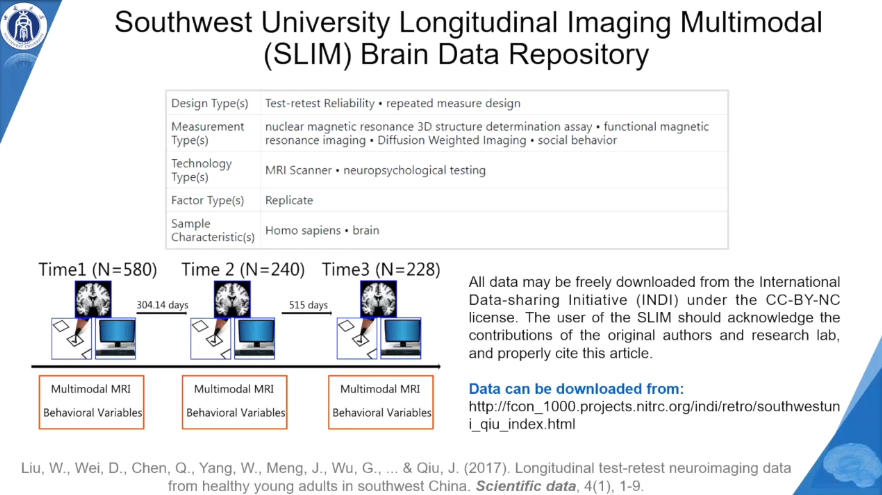
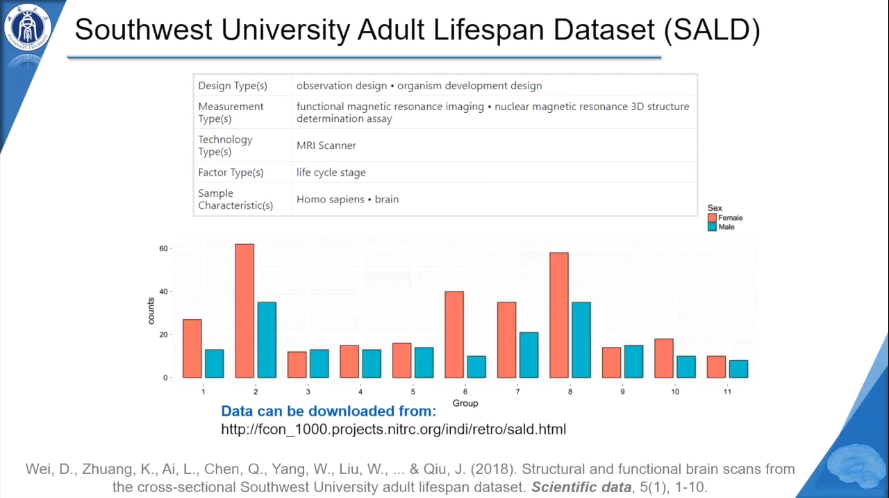
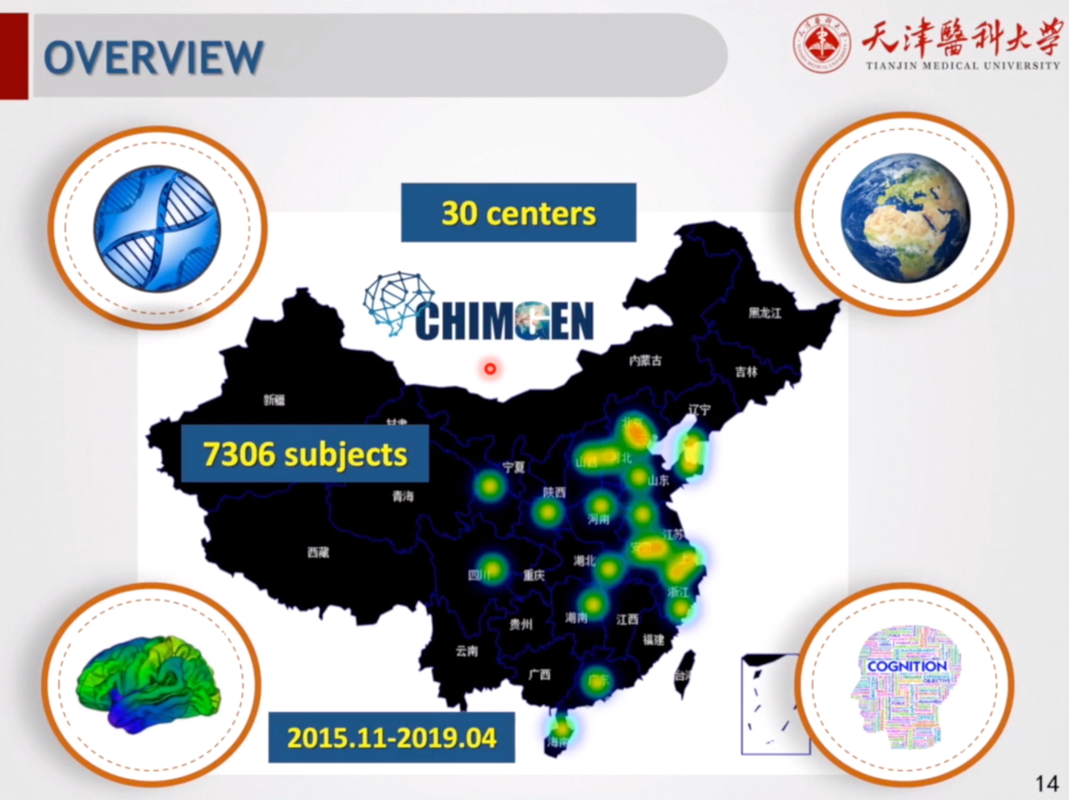

 RSS Feed
RSS Feed